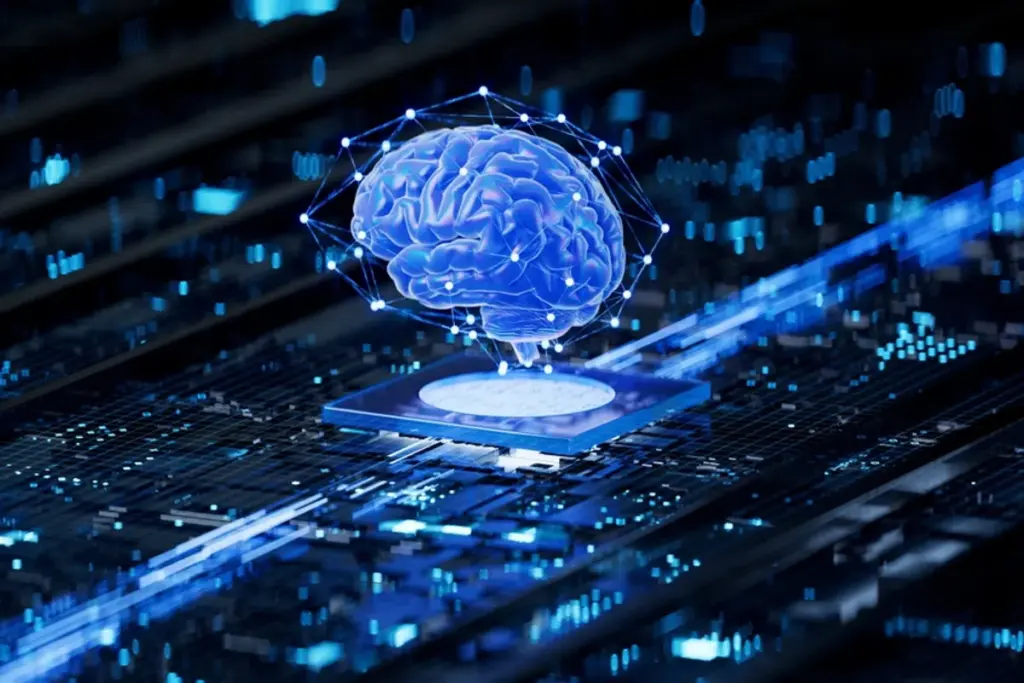Human neurons are grown on a silicon chip, creating a fusion of brain cells and silicon. The silicon chip sends and receives signals to and from the neurons in a kind of feedback loop, similar to the way neurons send signals back and forth to each other. By integrating silicon and live tissue, computer code can be sent directly to the neurons.
Cells Grown on a Computer Chip
This sounds a bit like brain-on-a-chip technology, and there are some similarities. In fact, the immediate predecessor to CL1 was DishBrain, a network of brain cells in a dish. Brett Kagan, Chief Scientific Officer and Chief Operations Officer at Cortical Labs, led the team that designed DishBrain and taught it to play the classic video game Pong.

